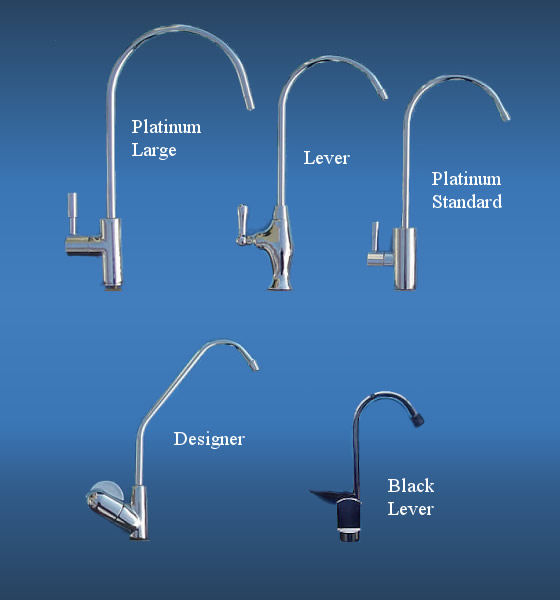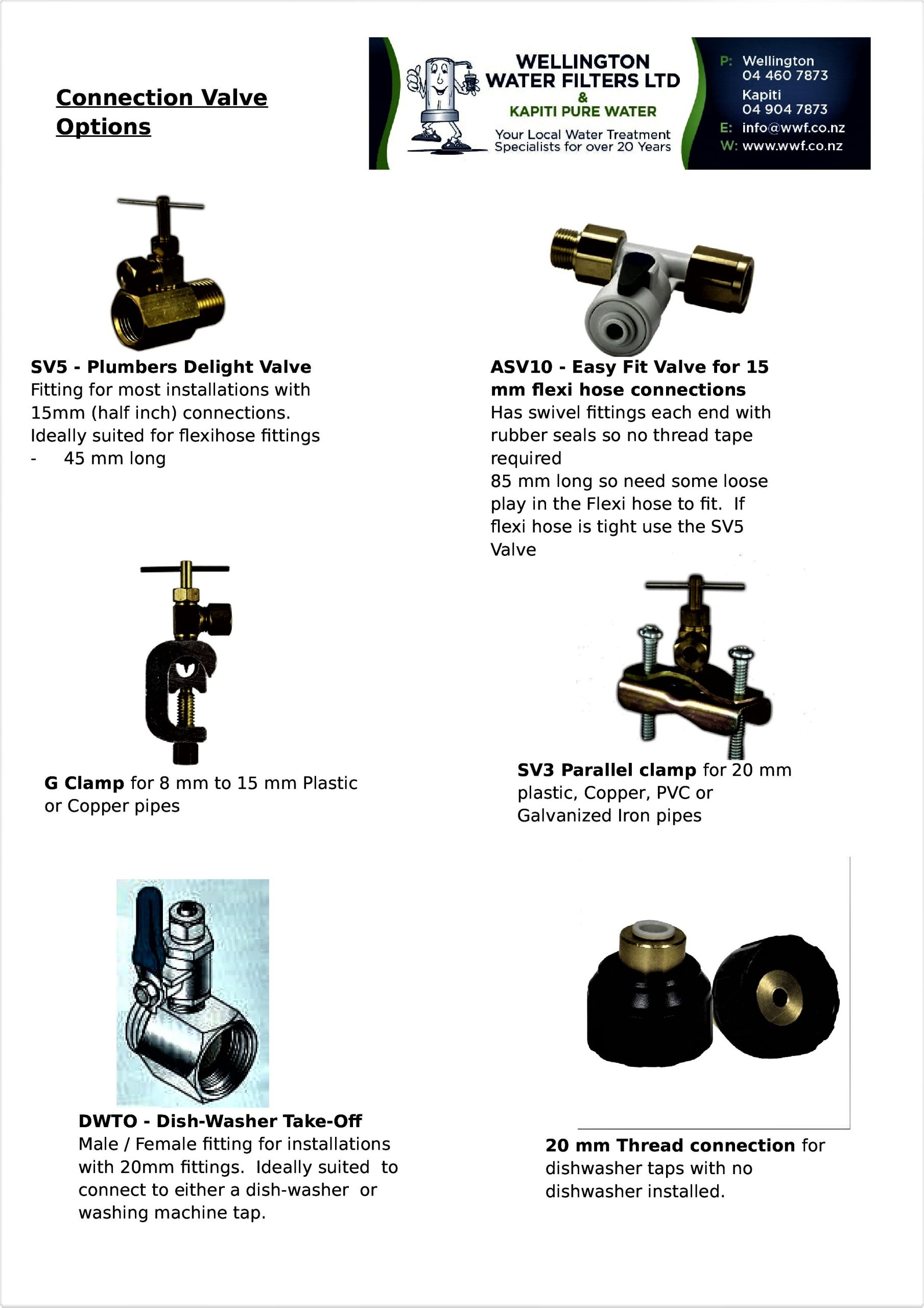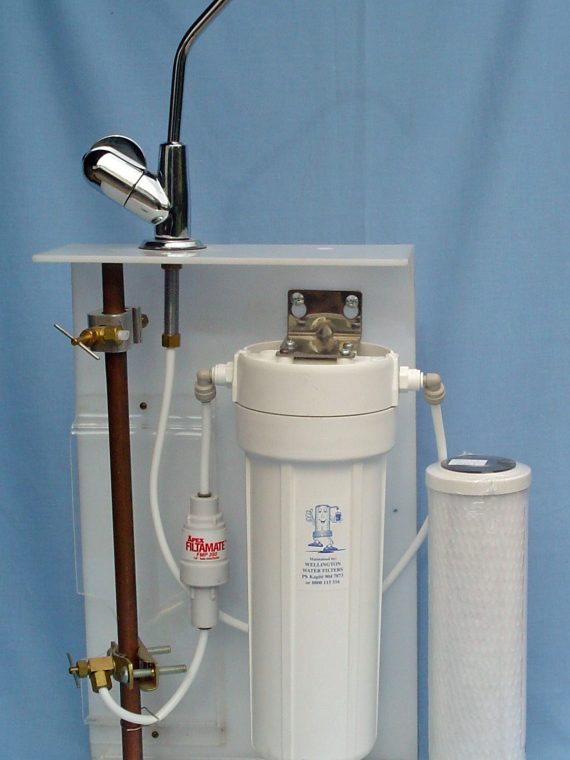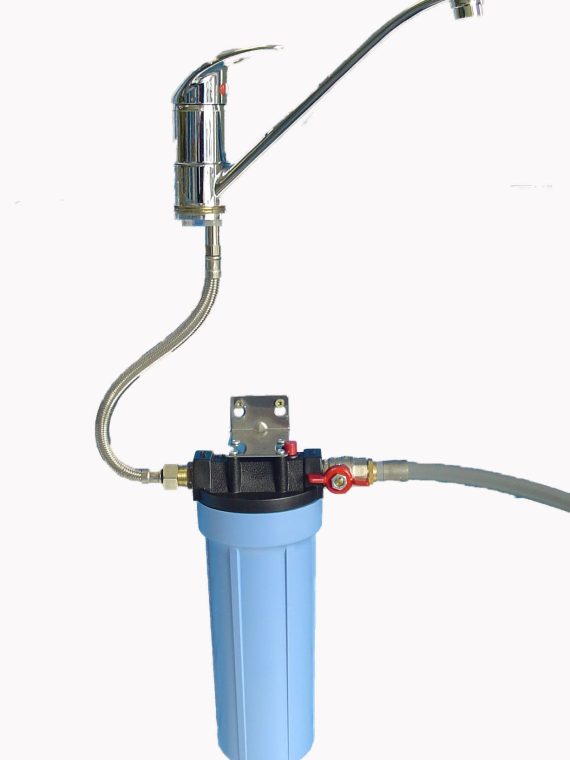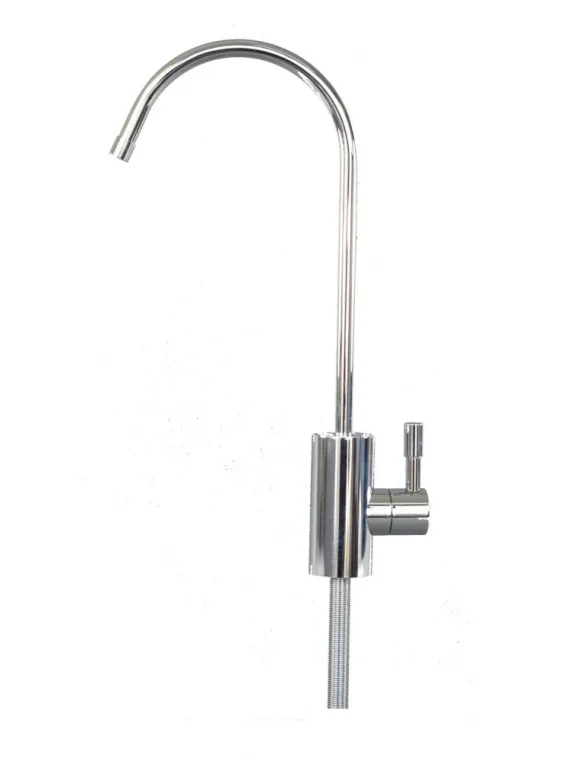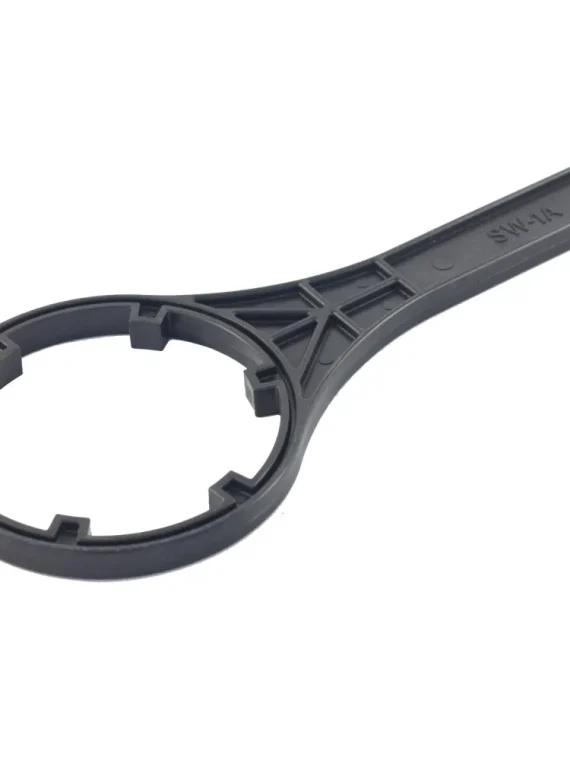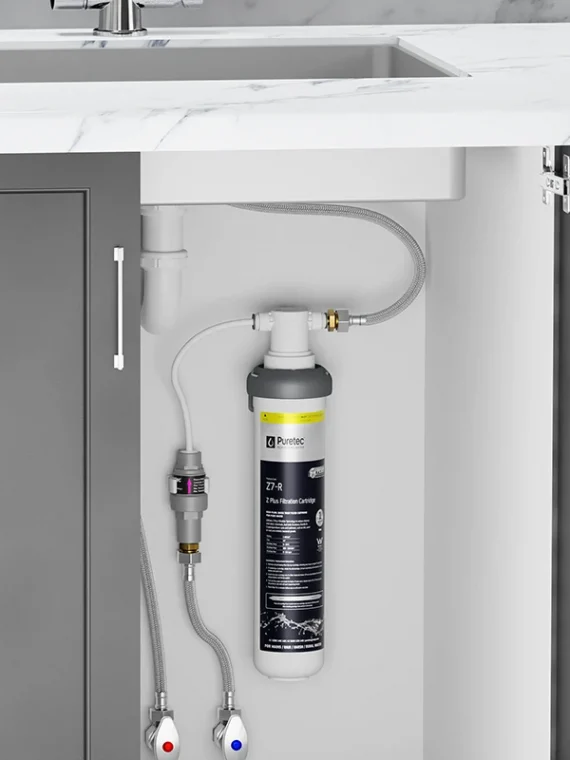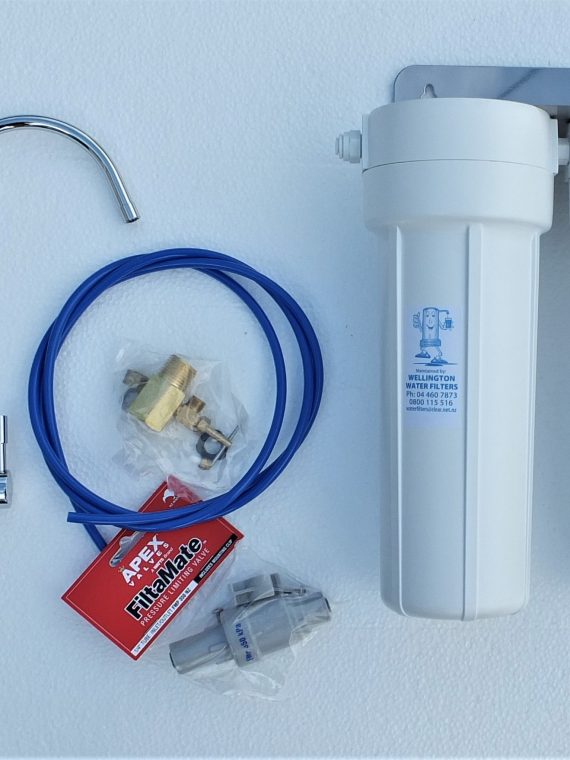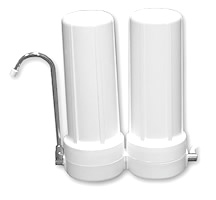The Facts On Nitrate
Source
Nitrates are naturally occurring. All rainfall and groundwater aquifers contain some nitrate-nitrogen. However, Nitrate accumulates in agricultural watersheds where farmers spread inorganic fertilizers and animal manures on cropland. Nitrogen not taken up by crops can leach through the soil to groundwater and then flow to recharge areas or private wells.
Health Effects
Health effects of nitrate in drinking water are most significantly linked to methemoglobinemia, also known as “blue-baby syndrome”. Nitrate is converted to nitrite in the infant’s stomach. Nitrite binds to oxygen molecules in red blood cells depleting oxygen and potentially suffocating the baby. An obvious symptom of nitrate poisoning is bluish skin colour, especially around the eyes and mouth
Nitrates in drinking water can also affect certain adults and small children. Pregnant women can pass methemoglobin on to developing fetuses and low birth weights have been attributed to high nitrates in water. However, nursing mothers do not pass nitrites to infants via their milk.
In adults, nitrate is now linked as a cause of increased risk of bowel cancer. Current research shows adults consuming water with more than only 1 ppm of Nitrates have an increased risk and a review is under way to reduce the recommended levels of exposure which is currently at 10 ppm. (or mg/l).The likely new target maximum levels will be around 5 ppm N.
Nitrate presence may also be an indicator of other contaminants in your water supply such as pesticides and herbicides which can also be leached into water supplies and be more harmful than nitrate. So if you have discovered nitrate in your water supply, you might consider installing a specific Nitrate Removal cartridge and an activated carbon filter to remove any chemicals Water treatment system available are described below.
Forms of Nitrate
Note that Nitrates can be shown as either N or NO3 so check your water test result carefully.
Nitrate as NO3 – Recommended level is less than 45 ppm ( or mg/L)
Nitrate as N – Recommended levels are less than 10 ppm ( mg/L )
Most water tests are measured in Nitrate Nitrogen or ‘N’
Whole House Nitrate removal systems
A version of a water softener, but with different resin can be used to a whole house situation, but is expensive to set up. As Nitrates are only a problem when digested treatment is usually recommended to a point of use kitchen supply. If you require larger scale treatment please ask for details.
Nitrate Removal Cartridge systems
These are designed for point of use kitchen filter systems and contain an ion exchange resin which absorbs the nitrates. It will however also remove sulphates so these need to be allowed for when calculating the cartridge life.
The Nitrate cartridge is usually used in conjunction with a separate carbon filter to remove sediment, chemicals, taste and odour as well as any chemicals such as pesticides or herbicides which may also have leached into the water supply.
The nitrate cartridge can be regenerated by running salt water through the cartridge. This can be done by removing the carbon filter and placing salt in the first casing and turning the water on to run the salt through the nitrate cartridge. Regeneration can be done several times although the regeneration efficiency process does reduce over time. Most people do simply replace the cartridge after a set number of litres used which we can determine from your water test result. The calculation is below.
Replacement Nitrate cartridges are $75.00.
Replacement Chemical cartridges are $55.00
Cartridge Capacity formula
Total cartridge capacity is up to 7500 mg/l of sulphates and Nitrate as N.
The formula to determine a cartridge life is
Sulphate (ppm or mg/l) x 1.04 + Nitrate as N (ppm or mg/l) = ‘X’
Then 7500 divided by ‘X’ = Litres of water that will be treated.
For example a water test of 10mg/l Nitrate + 6mg/l S will treat around 462 litres
( 7500 divided by 16.24 = 461.82 litres treated)
( Note many people do not ask for a sulphate test at the lab, so we often guess this result as being a fairly common figure of 6ppm or mg/l where you do not know the actual level).
Chemicals
Because Nitrates come from Farming, the potential for pesticides or herbicides being in the ground water is also a possibility. We therefore recommend using a twin filter system including an Activated carbon cartridge to remove any chemicals present.



